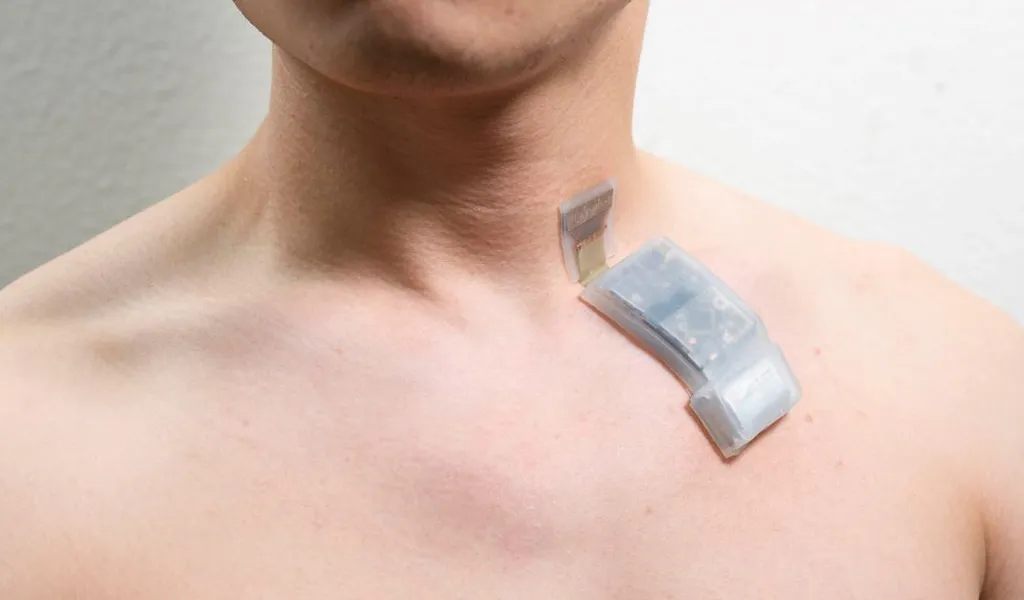In a significant stride towards wearable healthcare technology, researchers at Eindhoven University of Technology have developed a flexible ultrasound imaging system that could revolutionize continuous health monitoring. The innovation, led by Martijn Timmermans, integrates flexible ultrasound transducers with multiplexing electronics, paving the way for large-area, high-density ultrasound imaging patches.
The current landscape of ultrasound (US) imaging is dominated by bulky, professional-grade equipment, limiting its use to clinical settings. However, the demand for continuous, at-home health monitoring is growing, driving the need for wearable, flexible ultrasound patches. The challenge lies in scaling up the number of transducer elements without compromising interconnect density, power consumption, and data bandwidth.
Timmermans and his team have tackled these challenges head-on. By integrating flexible ultrasound transducers with flexible amorphous indium gallium zinc oxide (a-IGZO) thin-film transistor (TFT) multiplexing electronics, they have significantly improved interconnect density. Moreover, a new circuit technique in the silicon CMOS readout chip has cut front-end power, while a log-delta analog-to-digital converter (ADC) efficiently compresses data.
“The key to our success lies in the synergy between flexible electronics and innovative circuit design,” Timmermans explained. “This combination allows us to reduce the required front-end circuitry by eight times and decrease front-end power by 42%. Furthermore, the data needed to describe the ultrasound image are reduced five-fold, leading to a significant decrease in data transmission power.”
The implications of this research extend beyond healthcare. In the energy sector, for instance, wearable ultrasound imaging could enhance safety and efficiency. Imagine wind turbine technicians equipped with flexible ultrasound patches, continuously monitoring the structural health of turbines in real-time. This could lead to predictive maintenance, reducing downtime and increasing energy output.
The research, published in the journal ‘npj Flexible Electronics’ (translated to English as ‘npj Flexible Electronics’), marks a significant step towards wearable high-density, large-area ultrasound imaging patches. As Timmermans puts it, “We’re not just pushing the boundaries of technology; we’re redefining the possibilities of healthcare and beyond.”
This innovation opens up new avenues for research and development. Future work could focus on further miniaturizing the system, improving its robustness, and integrating it with other wearable health monitoring devices. The journey towards wearable, flexible ultrasound imaging has begun, and the potential is immense.

